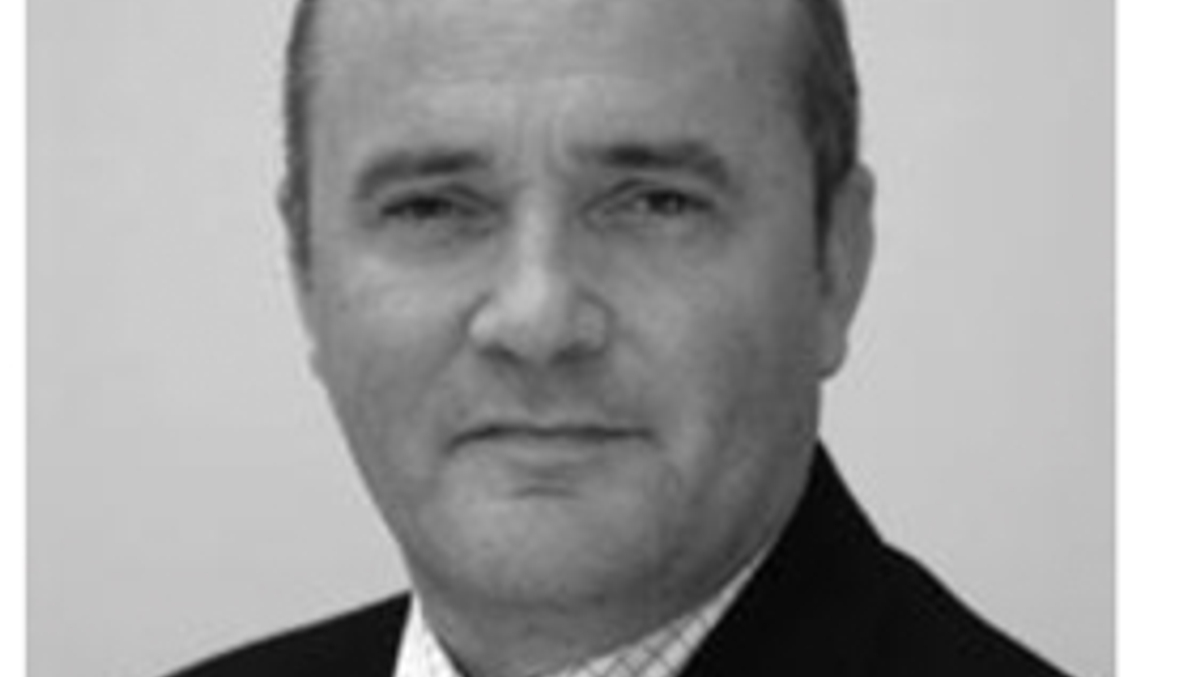Smaller FoHFs consolidating to survive
Profitability has become more difficult for small and mid-sized funds of hedge funds, which are merging to better compete for institutional money.

A trend of fund of hedge fund (FoHF) mergers is expected to continue as they vie to maintain and grow their share of the institutional investor client base.
Sign in to read on!
Registered users get 2 free articles in 30 days.
Subscribers have full unlimited access to AsianInvestor
Not signed up? New users get 2 free articles per month, plus a 7-day unlimited free trial.
¬ Haymarket Media Limited. All rights reserved.


